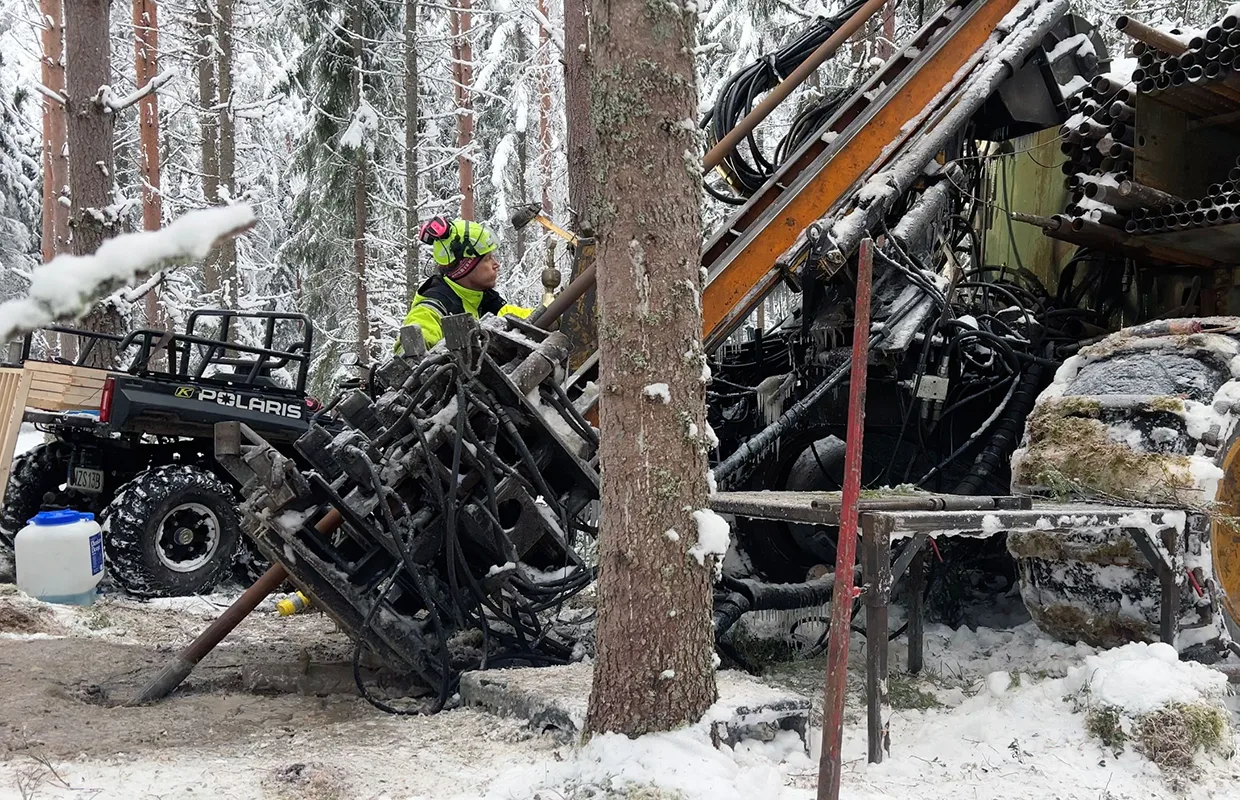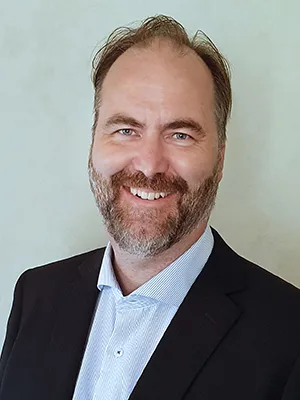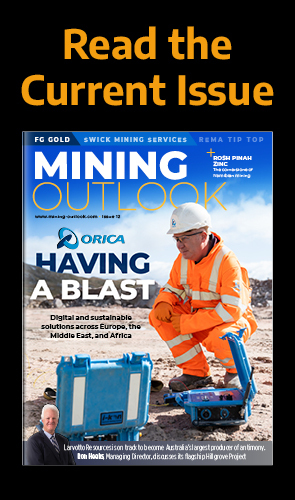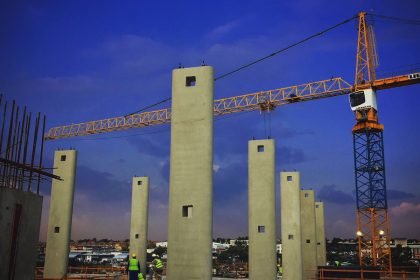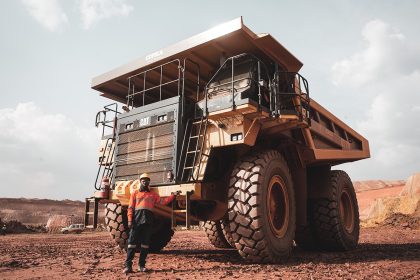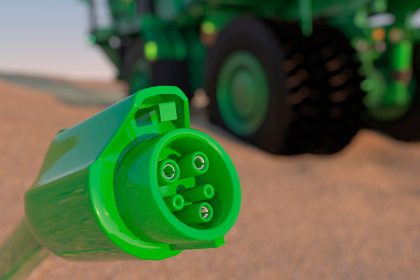Using modern technology to restart activities in an existing mine area in a sustainable manner, Nordic Iron Ore emerges as a mining company with a difference. Ronne Hamerslag, CEO, outlines the company’s goals to develop sound long-term profitability and high-grade products whilst maintaining a social licence to operate.
A REGENERATIVE OPERATION
Driven by the current geopolitical landscape and the aftermath of the COVID-19 pandemic, both of which highlighted challenges associated with export dependency, Europe’s mining sector has seen an increased demand for local, self-sustaining raw materials supply in recent years.
In addition, the EU’s Critical Raw Material (CRM) act, which seeks to ensure European access to a secure and sustainable supply of critical raw materials, has created positive momentum across the industry and hopes to enable the continent to meet its 2030 climate targets.
Nordic Iron Ore, an emerging iron ore mining company based in Dalarna County, Sweden, is actively working to empower the European mining environment by developing and producing an ultra-high-grade iron ore concentrate suitable for the production of fossil-free steel.
“What’s happening right now in the industry is a transition towards fossil-free iron and steel-making processes,” introduces Ronne Hamerslag, CEO of Nordic Iron Ore.
The advent of more stringent legislation surrounding environmental permits over the past decade, however, together with the higher costs associated, have seen less and less mining permits being granted.
“If we’re going to have more self-sustainability in the supply chain, we need to ease up on these demands and processes, without jeopardising the local environment and human health,” he observes.
As an industry trailblazer on a mission to sustainably expand its mineral resources, Nordic Iron Ore’s long-term vision is to continue providing high-grade iron ore concentrates for green and fossil-free iron and steel-making, contributing to the global energy transition.
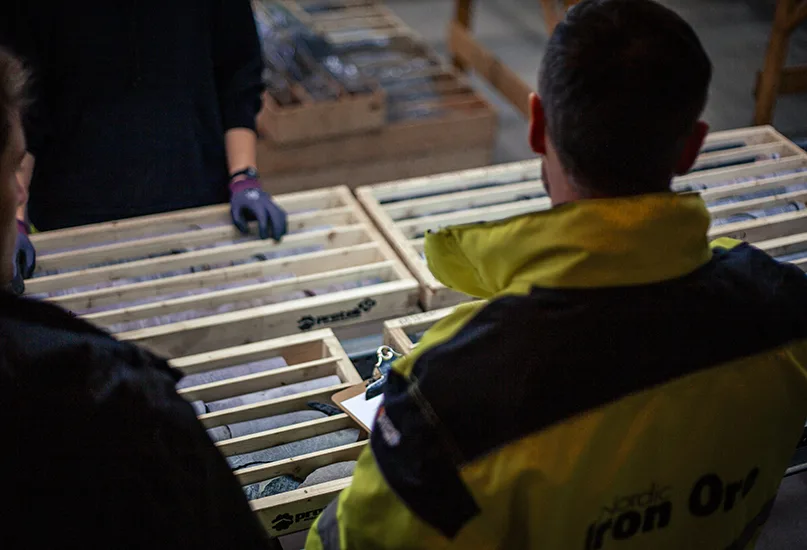
SUCCESSFUL EXPLORATION
Operating across the Bergslagen region in Sweden, particularly the city of Ludvika, which is home to former mines from the 1970s, Nordic Iron Ore plans to resume operations at the Blötberget and Håksberg mines and expand the adjacent Väsman field, which is considered to hold significant resource potential.
A particular area of focus for the company is hydrogen-based direct reduced iron (DRI), through which iron ore is converted into iron, and requires high-grade input feeds of 66 percent or more in the iron ore feedstock.
“To reach this threshold, a high degree of magnetite in the deposits are sought to be able to deliver a concentrate that has a very high iron grade and is low on impurities,” Hamerslag informs.
As such, the company has been exploring Bergslagen and Ludvika for high-grade iron ore deposits, of which there are many due to the thousands of former mines located in the former.
“These mines were not closed because resources were depleting or there were issues with quality, but because of the financial downturn the European iron and steel sector underwent in the 1970s and 80s,” he clarifies.
This economic depletion eventually led to the mass closure of many steel mills and iron ore operations throughout Europe.
Having already discovered a high-grade deposit in the Blötberget mine, containing approximately two-thirds magnetite and one-third hematite, Nordic Iron Ore will continue its explorations across Ludvika.
Hamerslag goes on to point out that the higher the grade of iron extracted, the greater the quality in terms of iron grade and low impurities of the iron ore product.
“Higher grade iron ore products also mean less material to transport, less waste produced, and less energy consumed – regardless of the chosen metallurgy or reduction methods,” Hamerslag adds.
The Blötberget mine’s resource base currently sits at around 55 million tonnes, with annual production projected at around three million tonnes per annum (Mtpa), and the company continues to carry out exploration work around the mine’s depth in order to increase this.
“If we can grow our resource base by 15, 25, or even 35 million tonnes, our financial outlook will be much improved,” he assesses.
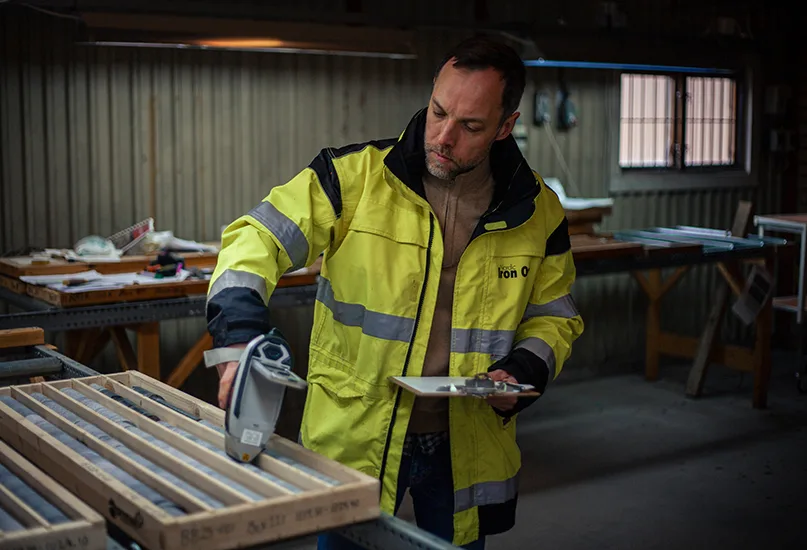
ONE WITH THE COMMUNITY
As it seeks to reopen many former mine sites across Ludvika, and possibly beyond in the Bergslagen region, Nordic Iron Ore is acutely aware of the importance of maintaining an open and communicative relationship with the communities in which it operates.
Of particular significance is the opinions of local people, which can have a major impact on whether or not the necessary permits are granted and how quickly, as even the slightest hint of negativity or disapproval can lead to appeals.
“The importance of having a good relationship with the local community goes back to the legislation and the permitting process. Even though you might have 99.9 percent of the population on your side, just one or two disapproving individuals can really drive the local discussion in a negative direction,” Hamerslag insights.
He cites a mining project in the north of the country close to a lake as an example, where the local population became convinced that mining would destroy their landscape, particularly the lake, which hugely delayed the permitting process due to local resistance.
“This is why it’s so important to be open with the local community and inform them of what’s happening,” he stresses.
As such, the company seeks to maintain what it calls a social licence to operate across each of the communities in which it works.
“Whilst an environmental licence is something you get from the court, a social licence to operate is something you get from the local population, community, neighbours, and stakeholders – simply put, if the community are positive, you get your permit, but if they’re negative, they can block it,” Hamerslag surmises.
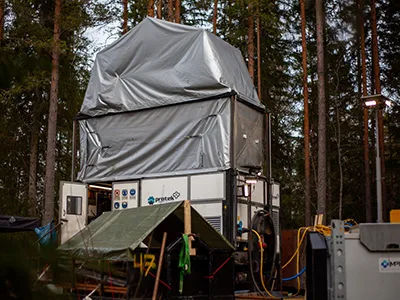
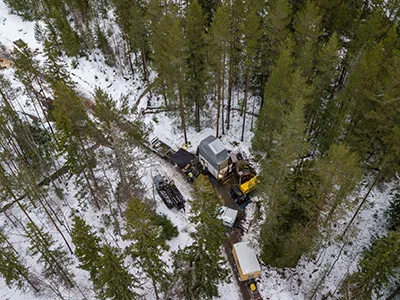
SUSTAINABLE TO THE CORE
On a mission to remain a sustainable mining operation, Nordic Iron Ore has curated a smart exploration process, in close cooperation with Smart Exploration Research Centre, to maximise the success of its drilling activities.
By utilising non-disturbing magnetic, seismic, and geophysical surveys before it carries out exploration drilling, the company improves detection and assesses the most lucrative areas to drill down into.
Alongside limiting the impact it has on the local environment, Nordic Iron Ore’s conscientious drilling techniques also save the company money.
As it moves from exploration to operation, Nordic Iron Ore seeks to remain as fossil-free as possible, which is why it is looking to electrify many of its processes.
“We’re potentially looking to replace fossil fuels such as diesel, propane, and natural gas used across our operations with green electricity or hydrogen,” Hamerslag informs.
Furthermore, the company is looking to produce this hydrogen independently from the grid to achieve true autonomy in terms of its production processes and reduce exposure to fluctuating energy prices.
“We’re looking into possibilities such as solar or wind farms to produce hydrogen ourselves, store it underground, and use it as needed,” he excites.
Whilst in its very early stages, the company is also considering the possibility of producing and selling excess hydrogen in order to get better financial performance on its own hydrogen production.
It is also looking into using bio-based explosives in its mines – as opposed to traditional ammonia-based ones – which produce far less carbon emissions.

FUTURE FOCUS
Looking to the future, Nordic Iron Ore has a clear action plan to sustainably expand its mineral resources as it seeks to achieve its goal of being a major Swedish producer of ultra high-grade iron ore products.
Having already begun the initial phases at the Blötberget mine, it plans to continue its activities in both the Håksberg mine and Väsman field before continuing to explore further into Bergslagen.
Hamerslag also reflects on adjacent opportunities, such as the development of a phosphate waste by-product containing rare earth elements as a potential supplementary income, as the company seeks to transform parts of its waste stream into sellable products.
“Whilst we don’t expect to generate a huge income from the sale of phosphate and rare earth concentrate, we do hope to develop it further.
“Although we’ve seen good progress lately, we cannot undertake too many mines or supplementary activities – we must focus first on developing the Blötberget mine before looking into other mines, products, and concentrates,” he observes.
As a regenerative mining operation, Hamerslag feels a deep sense of pride around the work the company is doing – both for the environment and local communities.
“We are restarting an iron ore mining operation in Bergslagen which has been a tradition for hundreds if not thousands of years. Bringing this back to life is, for me, a socially important factor,” he concludes.



